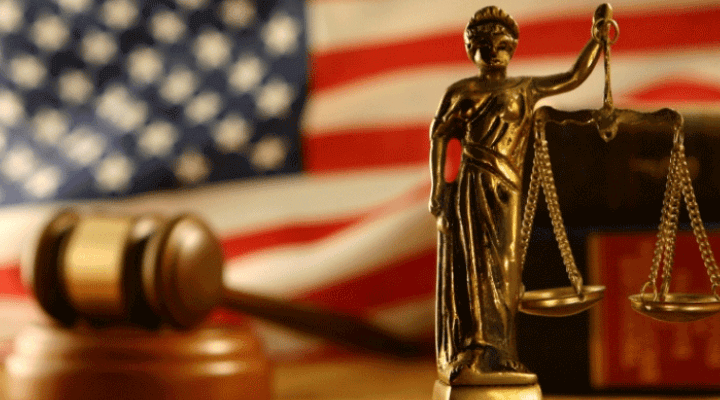Although I highly discourage those who have been denied a security clearance from representing themselves, anecdotal evidence shows that many security clearance applicants do defend their cases pro se (without an attorney). I see some of those cases on appeal – often when the applicant realizes the gravity of the mistake he or she made by not taking the process more seriously – and it is difficult not to cringe when avoidable mistakes were made.
One of the most serious of those mistakes is the failure of applicants to understand what actually constitutes evidence. To be clear, the security clearance process does not strictly follow formal rules of evidence; in fact, most federal agencies don’t even have policies outlining what types of evidence they will consider in evaluating appeals. You could submit evidence of your blood type in response to a case alleging foreign influence concerns, and it is doubtful most agencies would make any effort to challenge your submission of the documentation. Instead, they would simply ignore it.
The Minimum Threshold for Evidence in a Security Clearance Case
There are, however, a couple agencies that subscribe to more formal – albeit still loose – applications of the Federal Rules of Evidence. Those agencies (the Departments of Defense and Energy) use Administrative Judges to adjudicate their cases, allowing for a more fair and ordered presentation of facts and argument by both the applicant and the government. At those agencies, the minimum threshold for introducing evidence is that it must be relevant, meaning that the evidence must tend to make a disputed fact more or less likely. But there are also other technical considerations that can come into play. For example, at either agency, the principle of collateral estoppel is used, meaning that an applicant cannot generally attack the validity of a prior court judgment or conviction. An applicant who doesn’t understand this rule can be in for a nasty surprise when he or she discovers, perhaps on the day of their hearing, that the defense s/he intended to argue has already been thrown out the window on procedural grounds.
Regardless of the forum in which a denied security clearance applicant finds himself – a quasi-judicial hearing at DoD or DOE, or an informal adjudication at other agencies – there is still the matter of whether evidence, even relevant evidence, is helpful and credible.
Examples of evidence that IS helpful and credible are:
- Financial records from a bank, creditor, or other institution
- Police reports
- Sworn affidavits from friends, coworkers, or witnesses
- Documentary evidence that your security clearance is retaliation for a protected whistleblower disclosure
- Drug or alcohol test results
- A formal psychiatric evaluation
- Other records prepared in the regular course of business by an employer, law enforcement agency, or other organization
- Evidence that supports a favorable “whole person” assessment
On the other hand, evidence that is unhelpful and/or not credible – all of which I have actually seen – includes:
- Photographs of the applicant standing in front of an American flag (ostensibly to show his patriotism)
- Credit reports, where the absence of an alleged debt is introduced to show that an applicant has successfully disputed that debt (there are other reasons why a debt may no longer appear on a credit report)
- Classified documents, unless submitted through pre-approved and appropriate channels (e.g. the applicant’s resume containing details of a black program on which he or she works)
- Photographs or documents that cannot be demonstrably linked to the allegations in the case (e.g. no account number, date stamp, or other identifying information that establishes linkage and/or provides context)
- Unsigned letters of reference
- Forged documents
- Documents which otherwise inadvertently raise new security concerns of which the government was previously unaware
Some of these examples may seem laughable, but believe me – these are not “one off” mistakes. I see a number of them on a fairly regular basis. Ultimately, the point is that evidence is supposed to bolster a case, not harm it. But sometimes even relatively neutral evidence can harm a case by undermining good defenses with weak substantiation. Pro se applicants should tread very carefully in determining what corroborating evidence to provide the government.
This article was written for general information purposes only and should not be construed as legal advice. Consult an attorney regarding the specific facts and circumstances of your case.




